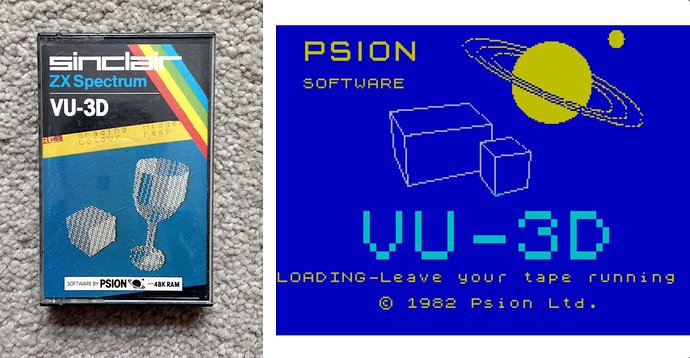Speaking of industry standards is it really necessary to have to ‘create an account’ on each and every forum just to leave a single solitary comment?
That said, Softimage was the better software hands down. Just look at the power of ICE.
Still using it and it now has blender cycles ported over so I don’t have to deal with the antlogic of it’s
in my opinion deliberately sabotaged interface. Not one of my many colleagues can understand how something so powerful and free can have such a poor interface and workflow.
In fact, from a 25 year veteran of CGI there’s no real decent software. Maya, lol is a joke from a development point of view…90’s code before multicore yeah lets just bolt on a few more pieces of junk onto ol frankenmaya and charge for the ‘upgrades’.
In case you haven’t noticed Autodesk develops squat. They buy competition and if they can’t make cash from it it’s dead. See Softimage. If they don’t understand it…it’s dead.
Case in point…Mudbox. Oh what it could really be with real development.
I’m waiting and so are many people I know in industry for a modern robust piece of software with a smooth logical workflow.
As far as independent software goes Cinema4D is like a retarded Softimage. It can’t even handle dense scenes like Softimage or Maya can.
In the early days of the power PCs development was small and independent like today’s Redshift and their awesome team and software moved forward much quicker…now it’s a monopolized mega corporation holding everyone hostage and development has slowed to a crawl as far as flagship software is concerned.
Just very frustrating to fight ancient technical maladies more than actually working.
Come on how many of you have wasted a day in front of Maya and basically got nothing done because it’s old ancient garbage? When Maya came out we joked it was the long awaited animation plug-in for Alias/Wavefront. At that time Softimage was way ahead of the game as far as character animation was concerned. Maya was released just before Softimage’s rewrite to XSI and so studios dove in because Maya was new and was better than most anything at the time. I know many who loved it when it came out but hate it now because of what Maya has become and what Autodesk did to it.
Come on Autodesk write a new flagship software for today’s computer hardware…no no I mean develop it in house…no buying something from an independent developer…what’s that, can’t do it?
Just what I thought…the Commodore of the 3D world.
If by some miracle someone does decide to code something new, look me up for development. Why, because I want to help make a great piece of software everyone can use and be proud of.
 (Along with a scattering of other electronic goodies that cost-too-much at the time.)
(Along with a scattering of other electronic goodies that cost-too-much at the time.) " (Okay, I think that I can say that now, and I daresay you’d agree.) Still there. Being thoroughly familiar with “the proprietary software model,” and judging it neither as wrong nor right, I am very glad to have pitched my coin with open source.
" (Okay, I think that I can say that now, and I daresay you’d agree.) Still there. Being thoroughly familiar with “the proprietary software model,” and judging it neither as wrong nor right, I am very glad to have pitched my coin with open source.